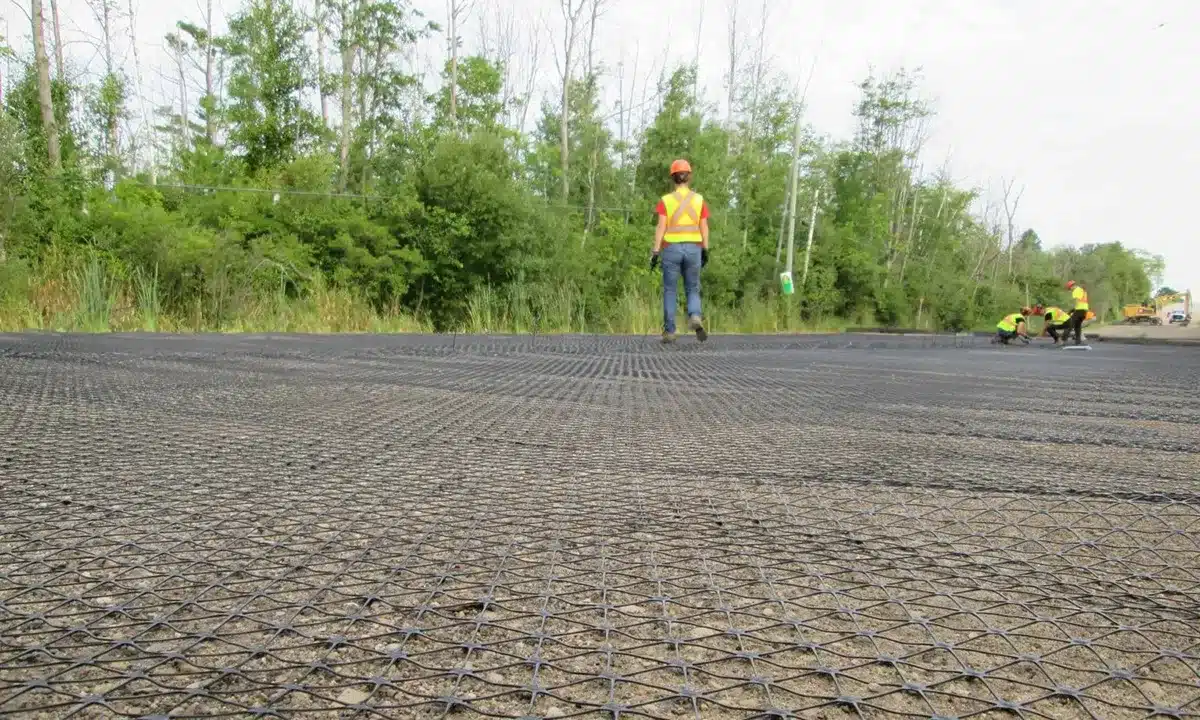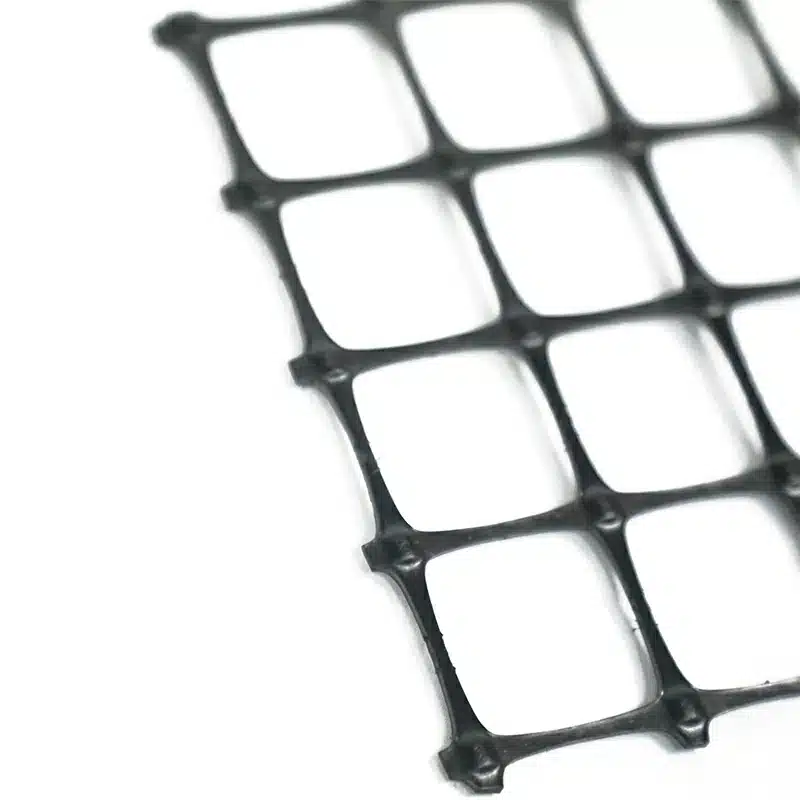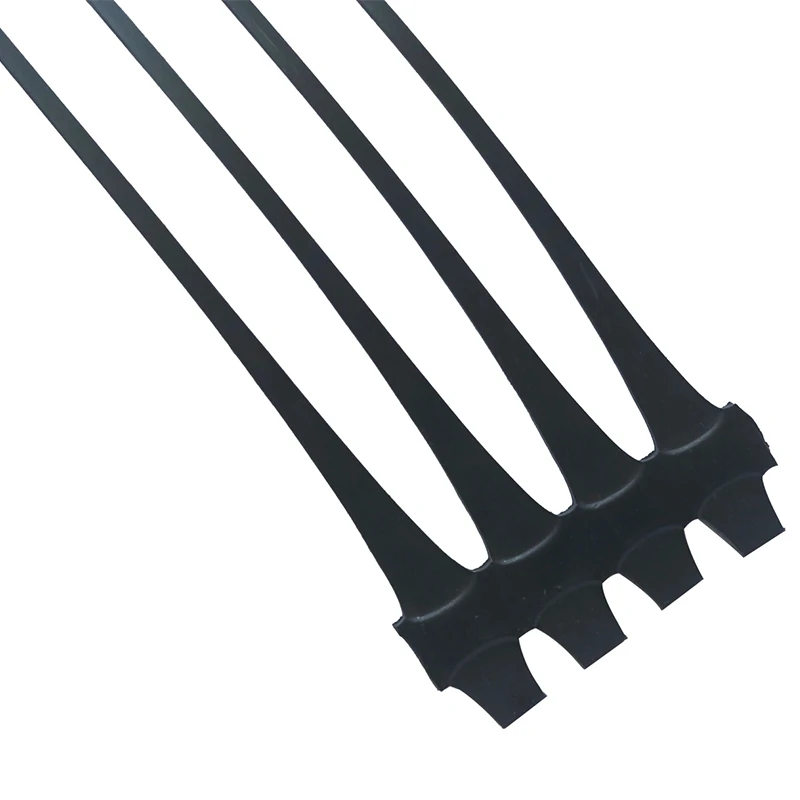+86-159 9860 6917
info@geofantex.com
geofantex@gmail.com
+86-400-8266163-44899
Geogrid rolls are commonly used in construction and geotechnical projects to strengthen and stabilize soil. These tough geosynthetics play a big role in boosting soil strength, stability, and load distribution, making them a popular choice for various infrastructure projects. In this post, we’ll explore some of the common challenges in soil stabilization and show how geogrid rolls effectively tackle them.
What are geogrid rolls and how do they work?
Geogrid rolls are geosynthetic materials made from polymers like polyester, polypropylene, or fiberglass. These rolls are designed to reinforce and stabilize soils by distributing loads evenly across the surface. The grid-like structure creates interlocking points with the soil particles, preventing soil movement, reducing erosion, and enhancing the load-bearing capacity of the surface. When unrolled, these grids integrate with the soil to form a strong, stable base, making them an ideal solution for roadways, embankments, and retaining walls.

How do geogrid improve soil stability?
Geogrid rolls enhance soil stability by increasing the tensile strength of the soil. When placed in weak or unstable soil, the geogrid grid structure prevents displacement by holding the soil together. The interlocking action of the geogrid increases friction between the soil particles and the geogrid, significantly improving load-bearing capacity. This results in less settlement and deformation, making roads and structures built with geogrid rolls more durable and long-lasting.
Can geogrids be used in all types of terrain?
Yes, geogrid rolls are highly versatile and can be used in various types of terrain. Whether it’s soft, loose soil, or rocky, steep slopes, geogrid rolls can stabilize the ground by providing a uniform, stable foundation. They are ideal for construction projects that require soil reinforcement on uneven, sloped, or weak soil areas, such as highways, embankments, and retaining walls. The adaptability of geogrid rolls makes them an effective solution for diverse construction conditions.
What are the benefits of using geogrid rolls?
The cost-effectiveness of geogrid rolls is one of their key advantages. Since they reduce the need for additional materials like gravel or soil, they lower overall construction costs. Additionally, they minimize the need for heavy machinery and frequent maintenance, leading to long-term savings. Environmentally, geogrid rolls contribute to sustainability by using recycled materials in their production. Their durability reduces the need for repair and reconstruction, helping conserve natural resources and reducing the environmental footprint of construction projects.
Geogrid rolls are a reliable and cost-effective solution for improving soil stability and reinforcing construction projects. By enhancing load distribution, preventing erosion, and ensuring long-term durability, geogrid rolls provide a sustainable way to strengthen various types of terrain. Whether for roads, embankments, or retaining walls, they offer a practical, eco-friendly approach to solving soil stabilization challenges.



Get Free Sample
We’ll respond as soon as possible(within 12 hours)





















